A push by Warren Buffett’s railroad to boost oil-shipment safety is meeting resistance from Hess Corp. and other companies that say the plan would mean a surge in costs and force them to scrap thousands of tank cars.
A series of accidents including a Quebec crash that killed 47 spurred Buffett’s BNSF Railway Co. along with Union Pacific Corp. to back new standards requiring older cars to be modified or junked. Shippers and railcar lessors balk at the potential cost of more than $5 billion and say carriers’ operating errors are to blame for fiery derailments like BNSF’s in December.
“They’d rather have the car owners absorb all the cost of making the railroads safer,” said Chuck Brown, sales manager for Andersons Inc.’s Rail Group, a leasing company with 3,000 tank cars. A blast like the one in Canada in 2013 “still would have happened” even with railcars as sturdy as a World War II Sherman tank, he said.
At stake is the main mode of transportation for supplying refineries with the oil produced from shale fields in North Dakota, Texas, Pennsylvania and other states, which has helped the U.S. meet 86 percent of its oil needs last year and head toward oil independence by 2020. Explosions and spills are the unforeseen consequence of the crude-by-rail boom swelling profits for railroads, shippers and railcar makers.
5,000 Cars
BNSF jump-started the safety debate by saying last month that it wanted to buy 5,000 sturdier tank cars. Oil companies and lessors also cite the need for safer cars while saying the kinds of changes favored by the railroads would force the scrapping of as many as 78,000 existing haulers.
Pressure is mounting for U.S. regulators to side with the carriers or endorse a lower-cost plan from shippers that includes buttressing older cars with steel plates at each end to prevent punctures and crumpling.
Federal rules would ensure shippers buy the right cars, said Bob Pickel, senior vice president of sales for Hamilton, Ontario-based National Steel Car Ltd. The U.S. Pipeline and Hazardous Materials Safety Administration is studying public comments on the issue and may announce a proposed rule or “other more immediate regulatory paths,” the agency said in a statement without elaborating.
Fueled by hydraulic fracturing techniques to extract oil nestled in shale rock, U.S. crude production jumped 32 percent in two years to a daily average of 7.5 million barrels in 2013, the U.S. Energy Information Administration reported in December. Output is projected to rise to 9.6 million barrels by 2019.
Few Pipelines
Railroads moved little oil before the shale boom, and tank cars mostly carried ethanol and chemicals. With few pipelines in remote fields such as North Dakota’s Bakken formation and trucks too costly, railroads are hauling the new crude.
Efforts to block TransCanada Corp.’s Keystone XL pipeline linking Canada’s oil sands to Gulf Coast refineries underscore the environmental hurdles for those projects. Concern that shale fields may deplete rapidly also has curbed such work.
Long-haul pipeline capacity in North Dakota’s Williston Basin more than doubled to 583,000 barrels a day through last year since 2008. During the same period, oil-loading capacity at rail terminals soared more than 30-fold, to 965,000 barrels a day, according to the North Dakota Pipeline Authority.
Busy Railroads
Railroads hauled about 400,000 carloads of oil last year, dwarfing 2005’s total of 6,000, said Logan Purk, a St. Louis- based analyst with Edward Jones & Co.
The Standard & Poor’s 500 Railroads Index surged 39 percent in 2013, topping the S&P 500’s 30 percent advance. Railcar maker Trinity Industries Inc. climbed 52 percent, and Carl Icahn’s American Railcar Industries Inc. rose 44 percent. Buffett’s Berkshire Hathaway Inc., which also owns railcar producer Union Tank Car, jumped 33 percent.
Accidents increased along with shipping volumes and shares. Purk said the tally soared to 124 from just three in 2005.
Shippers voluntarily adopted new tank-car specifications in 2011 after crashes involving ethanol in the previous decade. The pipeline-safety agency didn’t make them mandatory. Now, federal action is more likely as the regulator feels more heat, said Justin Long, a Stephens Inc. analyst in Little Rock, Arkansas.
“The probability is much higher this time just given the number of the derailments we’ve seen in crude by rail traffic recently,” Long said in a telephone interview.
Quebec Disaster
Urgency to adopt even stiffer safety standards arose from the ashes of Lac-Megantic, Quebec, located about 155 miles (250 kilometers) east of Montreal, which was torched by an unmanned, crude-laden train that rolled downhill and blew up in July.
That was followed by a November blaze in rural Alabama caused by the partial derailment of a 90-car train operated by a unit of Genesee & Wyoming Inc. Then a December collision in North Dakota ignited a BNSF train carrying crude.
The Association of American Railroads has recommended new tank cars be built with thicker steel, a protective steel jacket, head shields and pressure-relief valves. It also urged the pipeline-safety regulator to require the new standards and to “aggressively phase out” older tank cars.
Modifying existing rail cars to add those features, especially the steel jacket, would cost $70,000 to $90,000 and cut oil-hauling capacity because of the added weight, said Brown of the Rail Group, a unit of Maumee, Ohio-based Andersons.
“If they try to impose something like that, it’s just going to pretty much destroy the market,” he said by phone.
Hess’s View
Of 92,000 U.S. tank cars moving oil and ethanol, 78,000 predate the 2011 changes and would require costly modifications or be junked. Meeting the railroad association’s recommendations would boost shipping expense by about 9 percent, or $1 a barrel, said Mike Lutz, vice president of midstream for New York-based Hess, the third-largest leaseholder in the Bakken.
“The end result of all of this as a producer means that I’m now getting more and more indifferent about whether I put my crude oil into a pipe and get it to market or whether I go by rail,” Lutz said Feb. 25 at an industry conference in Glendale, California. “That’s a long-term issue that the rail industry needs to deal with on how they stay competitive versus pipe.”
Buffett didn’t respond to a request for comment e-mailed to an assistant. Union Pacific is working with U.S. regulators, tank-car owners and shippers to improve safety, Stephanie Serkhoshian, a spokeswoman, said in an e-mail.
The Railway Supply Institute, a trade group for railcar lessors and makers, has proposed modifying tank cars over a 10- year period with two steel plates at each end, roll protection and pressure-relief valves that don’t protrude from the tanks.
$30,000 Repair
The changes would cost about $30,000 a car, Brown said. Pre-2011 models would cost $20,000 more to strengthen the undercarriage to carry the extra weight without cutting the oil load. Almost all of Rail Group’s cars predate 2011, Brown said.
By announcing its plan to buy 5,000 cars with improved safety features, BNSF wants to “help accelerate the transition to the next-generation tank car,” the railroad said in a Feb. 20 statement, without specifying a supplier. These would be the first tank cars owned directly by BNSF.
Buffett told CNBC on March 3 that the improved cars are needed because oil from the Bakken and Eagle Ford region in south Texas is proving more dangerous than traditional crude.
Union Pacific is evaluating a fee for older tank cars carrying crude, Chris Kankousky, a business director of crude oil, said at the conference on Feb. 25. Canada’s two major railways have applied similar fees to spur replacing older cars.
Railroads agreed with the Transportation Department in February to slow crude-carrying trains by 10 miles per hour to 40 mph near 46 urban areas as well as increase track inspections and install safety sensors about every 40 miles on oil routes.
While railroads push for deeper and quicker change on tank- car standards, the shippers and leasing companies say they’re being asked to shoulder most of the costs even as the carriers themselves are to blame for derailments and deadly explosions.
“The wrecks were caused by the railroads, not due to the tank cars,” Darrell Wallace, executive director of the North America Freight Car Association, whose members own 650,000 railcars, said by phone. “Now it’s the tank-car industry that’s going to suffer because the railroads had these accidents.”
–With assistance from Lynn Doan in Glendale, California. Editors: Philip Revzin, Ed Dufner
Was this article valuable?
Here are more articles you may enjoy.

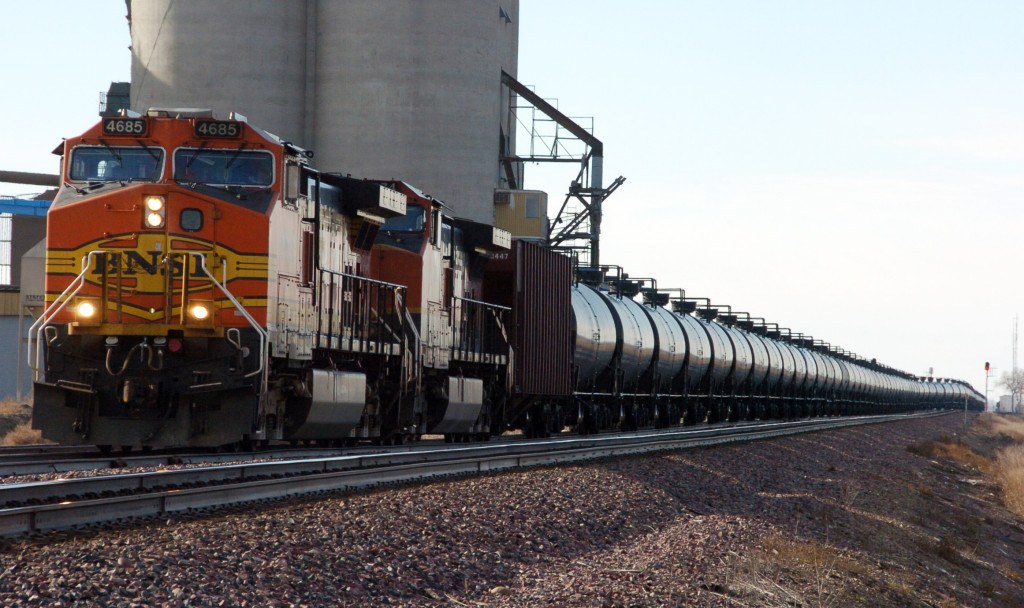
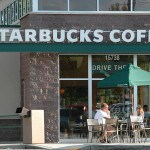 California Man Wins $50M in Lawsuit Over Burns From Starbucks Tea
California Man Wins $50M in Lawsuit Over Burns From Starbucks Tea 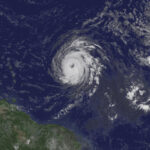 An Unusually Active Hurricane Season Is in Store for the Atlantic
An Unusually Active Hurricane Season Is in Store for the Atlantic 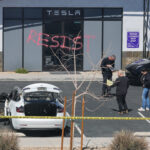 Tesla Showroom Strikes, Vandalism Sparked by Fury Against Musk
Tesla Showroom Strikes, Vandalism Sparked by Fury Against Musk 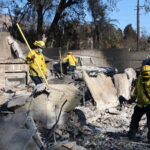 New Fire Maps Put Nearly 4M Californians in Hazardous Zones
New Fire Maps Put Nearly 4M Californians in Hazardous Zones 